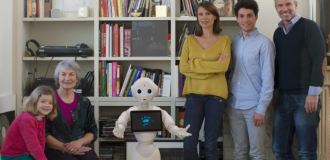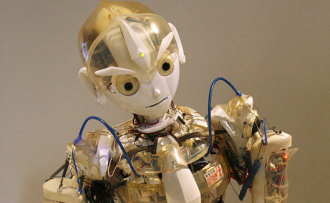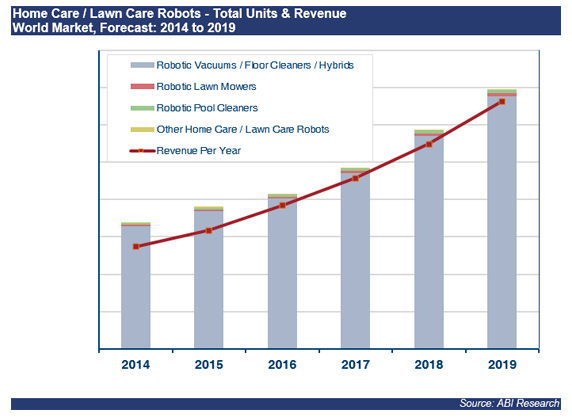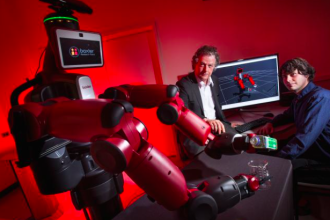 Smart machines and robots may replace skilled professionals in medicine, law and IT by 2020, warned beancounters at Gartner who are presumably seeing R2D2 cleaning out their desks as we speak.
Smart machines and robots may replace skilled professionals in medicine, law and IT by 2020, warned beancounters at Gartner who are presumably seeing R2D2 cleaning out their desks as we speak.
Analyst group Gartner has predicted that by 2022, smart machines and robots could replace highly trained professionals in tasks within medicine, the law and IT. CIOs need to prepare now to ensure that their organisations are ready for the impact that AI will have over the next five or ten years.
Stephen Prentice, vice president and Gartner fellow, suggested that the economics of AI and machine learning will lead to many tasks performed by highly paid professionals today becoming ‘low-cost utilities’.
This means that all this will force an organisation to adjust its business strategy. Many competitive, high-margin industries will become more like utilities as AI turns complex work into a metred service “that the enterprise pays for, like electricity,” he said.
Prentice cited the example of lawyers, who must spend a lot of time and money on education and training.
Any organisation that hires lawyers must therefore pay salary and benefits sufficient not only to compensate each successive lawyer it hired for this training, but a sum that is commensurate with their knowledge, expertise and experience.
A smart machine that could act as a substitute for a lawyer would also require a long, expensive period of training – or ‘machine learning’ but once the first smart machine is ready, the enterprise could add as many other similar machines as it wants for little extra cost.
Employment numbers would be hit in some industries, with some routine functions at risk of replacement, such as systems administration, help desk, project management and application-support roles.
Others would see the technology as a benefit as AI takes over routine and repetitive tasks, leaving more time for the existing workforce to improve in other areas of the business. The mix of AI and human skillsets will complement each other in these roles.
Prentice said that CIOs need to develop a plan that can run alongside the company’s current digital transformation strategy. He warned that too much AI-driven automation could leave the enterprise less flexible.
“The CIO should commission the enterprise architecture team to identify which IT roles will become utilities and create a timeline for when these changes become possible. Work with HR to ensure that the organisation has a plan to mitigate any disruptions that AI will cause, such as offering training and upskilling to help operational staff to move into more-creative positions,” he said.
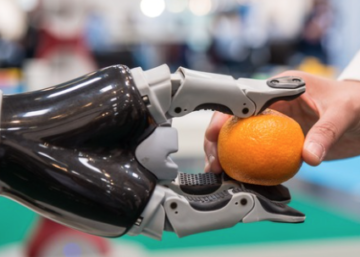 The International Federation of Robotics (IFR) said that sales between 2018-2019 generated $11.2 billion, with prospects good for future growth.
The International Federation of Robotics (IFR) said that sales between 2018-2019 generated $11.2 billion, with prospects good for future growth.


